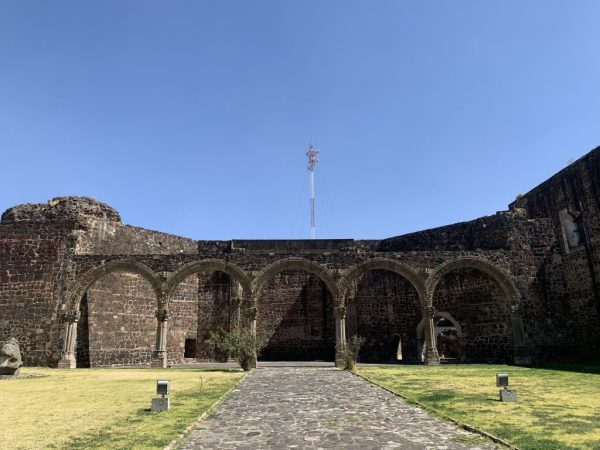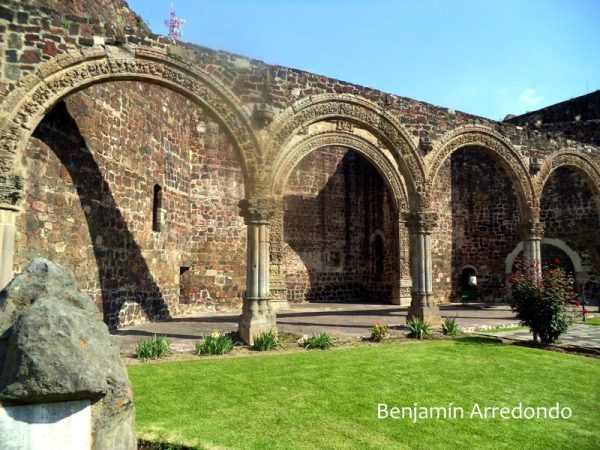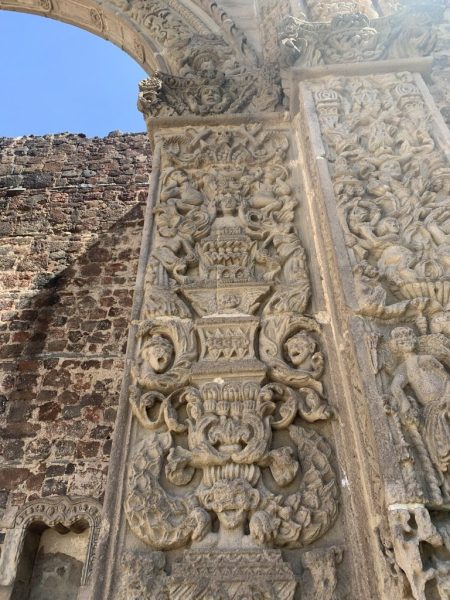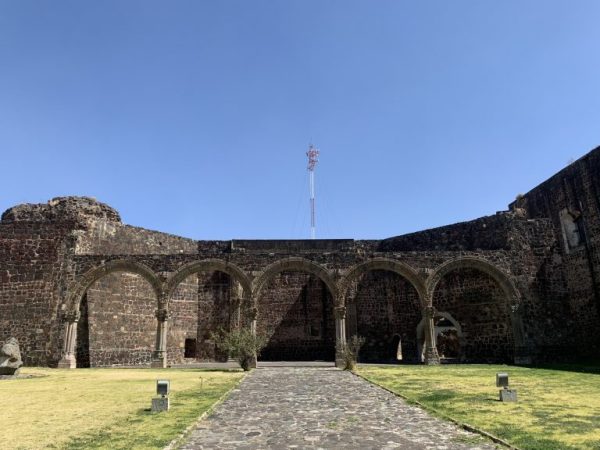
Tlalmanalco, a charming town nestled in the State of Mexico, holds within its midst a gem of historical and cultural significance—the open chapel. A mere hour’s drive from the bustling metropolis of Mexico City, Tlalmanalco offers a serene retreat into the past, inviting visitors to explore its rich heritage. Among its many attractions, the open chapel stands out as a prime example of Tequitqui art, a unique blend of indigenous and European artistic traditions.
Unveiling Tequitqui Art:
The term “Tequitqui” refers to artistic expressions crafted by indigenous artists following the Spanish conquest. It represents a fusion of Mesoamerican and European artistic styles, embodying a cultural exchange born from the tumultuous historical events of colonialism.
Coined by art historian José Moreno Villa in 1949, the concept of Tequitqui art underscores the resilience of indigenous culture amidst the imposition of new religious and artistic norms.
Exploring the Open Chapel:
Located within the Franciscan convent dedicated to San Luis Obispo, the open chapel in Tlalmanalco serves as a testament to the ingenuity and craftsmanship of indigenous artisans.
Here, visitors are greeted by a breathtaking array of sculptural works depicting Christian themes, intricately carved by skilled indigenous hands. These sculptures not only convey religious narratives but also offer glimpses into the pre-Hispanic worldview, preserving ancient beliefs and customs within their intricate designs.
The Fusion of Cultures:
At the heart of Tequitqui art lies a profound synthesis of cultures—a harmonious blend of indigenous spirituality and Catholic iconography.

Through their artistry, indigenous artisans infused traditional motifs and symbols with new religious meanings, creating a visual language that transcended cultural boundaries.
This fusion of cultures is palpable in the open chapel of Tlalmanalco, where Christian saints and biblical scenes coexist alongside indigenous deities and motifs, forging a unique artistic legacy that continues to captivate visitors to this day.

Preserving Cultural Heritage:
As custodians of this rich cultural heritage, it is our collective responsibility to safeguard and celebrate the legacy of Tequitqui art. Through initiatives aimed at conservation and education, we can ensure that future generations inherit not only the physical artifacts of this artistic tradition but also an appreciation for the diverse cultural tapestry that defines Mexico’s identity.

By exploring sites such as the open chapel of Tlalmanalco, we embark on a journey of discovery, unraveling the intricate threads of history and culture that intertwine to shape our shared heritage.
Conclusion:
In the heart of Tlalmanalco lies a treasure trove of artistic marvels—the open chapel, a testament to the enduring legacy of Tequitqui art. As we wander through its hallowed halls, we are transported across centuries, bearing witness to the resilience and creativity of indigenous artisans. Let us continue to cherish and honor these cultural treasures, for they serve as beacons of our shared heritage, guiding us towards a deeper understanding of Mexico’s rich tapestry of traditions and beliefs.





